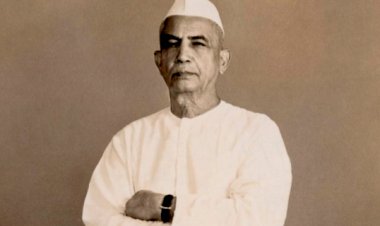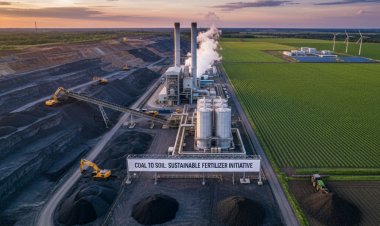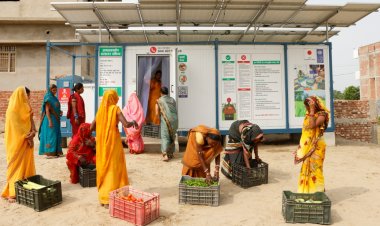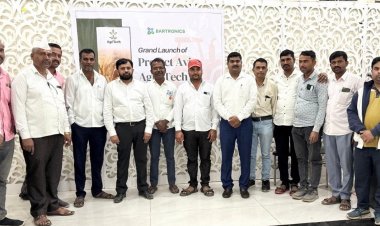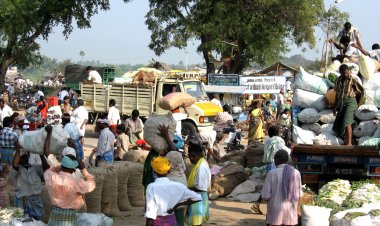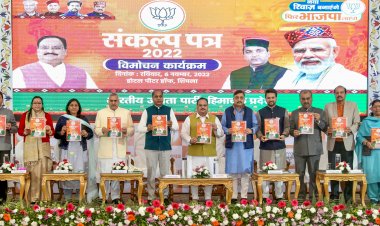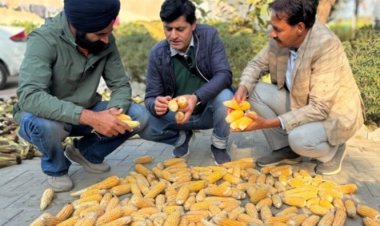Inflation and politics are directly proportional. Political risk is low if inflation is low, but political risk increases with high inflation, especially in an election year. Similarly, El-Nino has a relationship with inflation. The strengthening El-Nino effect causes a rise in inflation as it has a direct bearing on the monsoon rains as India is witnessing this year.
Looking at the situation so far, it seems that the month August of this year is going to be the least rainy ever since the availability of rainfall data. Till August 27, the country has received 30.7 per cent less rainfall than normal.
As a result, the southwest monsoon (June to September) rainfall across the country has been 7.6 per cent below normal till August 27. This will have a direct impact not only on the production of Kharif crops but also on the production of Rabi crops. This situation may prove to increase the political risk for the Modi government due to rising food inflation.
Assembly elections are scheduled in five states later this year and elections to the Lok Sabha are to be held in April-May, 2024.
Now let's talk about El-Nino. According to data from the US National Oceanic and Atmospheric Administration (NOAA), the Oceanic Nino Index (ONI) has reached one degree. This indicates above-normal sea surface temperature levels in the East Central Equatorial Pacific region.
One degree of ONI means that it is twice the level of El Niño's influence at 0.5 degrees. In April itself, NOAA issued an assessment of the increase in the effect of El Nino. At that time Rural Voice had reported about this and predicted its adverse effect on the monsoon, which is now proving to be correct.
NOAA has released an ONI forecast of 1.5 degrees during October to December and 1 degree in March-April, 2024. That is, after affecting the South West Monsoon, it can adversely affect the South East Monsoon as well. This can hit the production of Rabi season crops in the country.
On the other hand, in the current kharif season, the area under crops has increased rapidly due to good rains in July. But the total area has been less than normal. Also, due to unexpected floods, paddy had to be replanted in about one lakh hectare area in Punjab and Haryana. On the other hand, the area under pulses has remained less than last year by about one million hectare.
Due to less rains in the month of August in southern and western states, the production of Kharif crops will be adversely affected there. On the other hand, due to deficient rains, till August 24, the water level in 146 reservoirs across the country is 21.4 per cent less than last year and 6.1 per cent less than the 10-year average level.
Due to this situation, the availability of water for irrigation of Rabi season crops will be less. If there is less rainfall in the next one month, then states like Maharashtra and Karnataka will have to strike a balance between drinking water and irrigation water.
Apart from deficient rains, a major concern of the government is that the total stock of the food grain in the central pool as on August 1 stood at 65.5 million tonnes, the lowest level in the last six years, due to government procurement of wheat being the lowest in two years.
In July, the level of retail inflation was the highest in 15 months and the food inflation rate reached 11.5 per cent. Inflation has reached this level due to increase in the prices of wheat, rice, sugar, fruits, vegetables and pulses.
The government is facing a catch-22 situation as good economics is bad politics, and similarly the vice-versa.
This is the reason why the government is taking back-to-back decisions to curb food inflation -- from banning wheat exports on May 13, 2022, to moving sugar exports from free to restricted list, banning exports of broken rice and imposing 20 per cent export duty on non-Basmati white rice in June this year.
Imposing a stock limit on wheat in the U.S., followed by a 40 per cent duty on onion exports, as well as a ban on non-Basmati white rice exports, followed by a 20 per cent duty on Sela rice exports, and imposition of a Minimum Export Price (MEP) on basmati exports above $1200 per tonne are among the other significant decisions so that export of rice from the country could be curbed.
On the other hand, stock limit has already been imposed on Arhar and Urad pulses as well. All these steps show that the government wants to avoid the political loss because of food inflation.
Old experiences of inflation and political gains and losses are warning the Modi government. During the last days of the UPA-II government at the Centre and the one-year period between the elections held in April-May 2014, the average inflation rate was 11.1 per cent.
The average level of inflation was 0.4 per cent in the one-year period during the last days of the first term of the Modi government and the during elections held in April-May 2019. The results of both the elections are in front of us - in 2014, after UPA-II, the Congress-led UPA alliance had to face defeat in the elections. On the other hand, in 2019, the Modi-led NDA government got electoral benefit from the weak inflation rate and returned to ppower
This is the reason that realising the political risk of rapidly rising food inflation, the Bharatiya Janata Party-led Central government seems to be trying to take all necessary steps to curb food inflation. But it is difficult to say how successful it will be.
The biggest obstacle in this is the adverse effect on the monsoon due to the strengthening effect of El-Nino.
Food inflation will emerge as the biggest political risk if there is a reduction in production in the Kharif season as inflation is seen as a major problem in the public mind.
Indeed, the Government has to do a very tight rope walking.
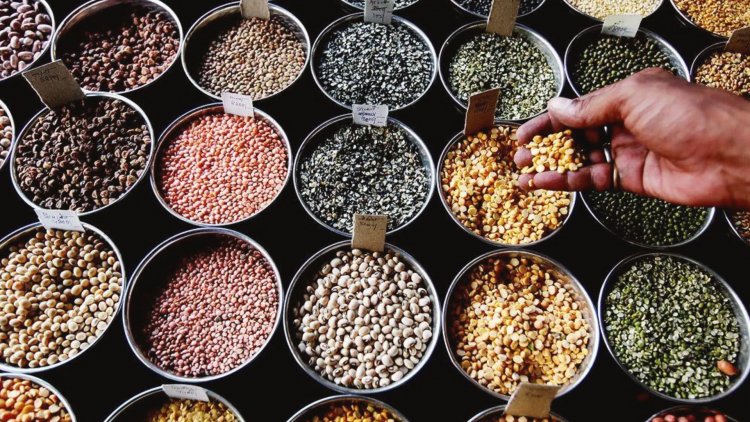



 Join the RuralVoice whatsapp group
Join the RuralVoice whatsapp group

















